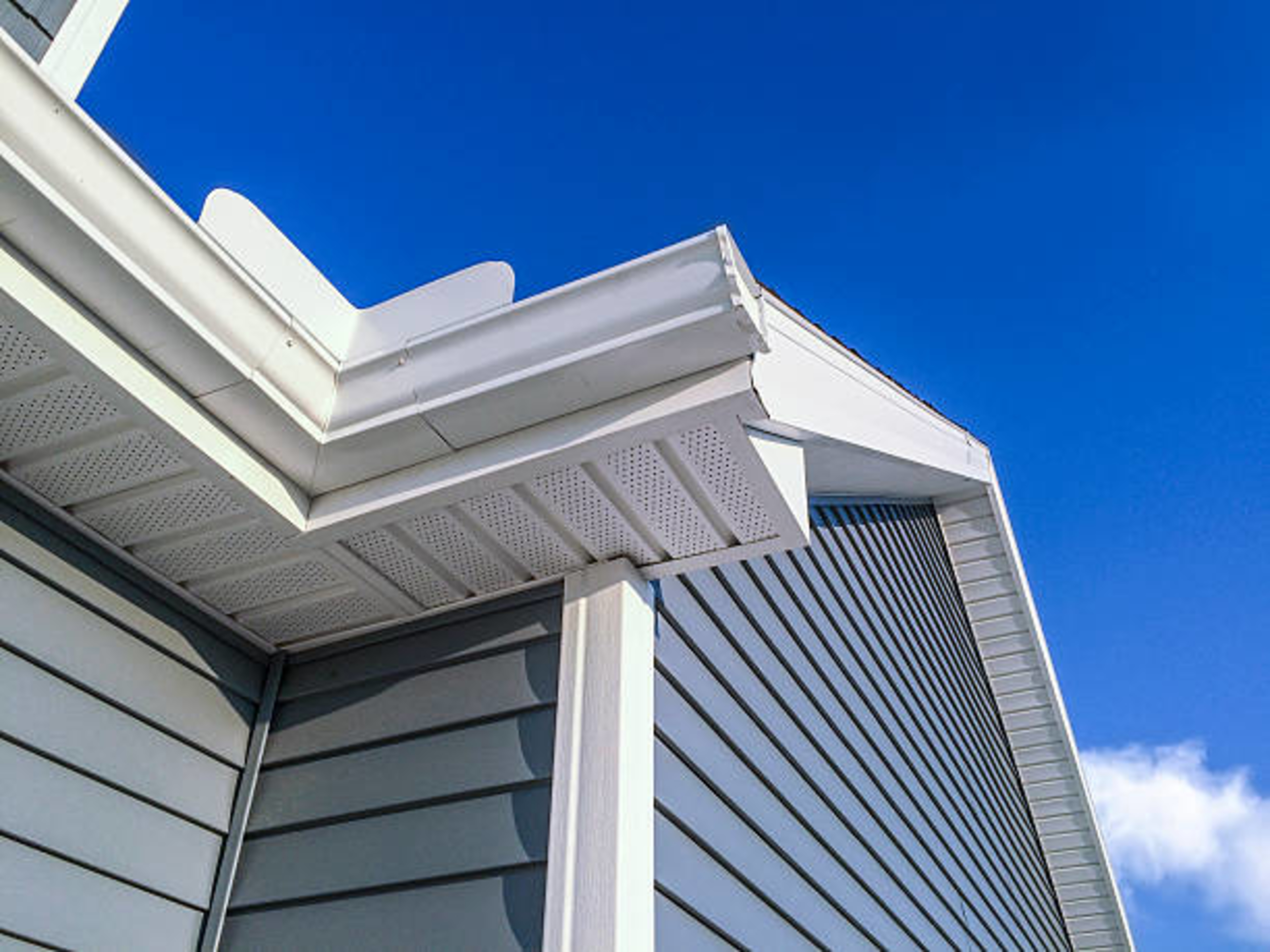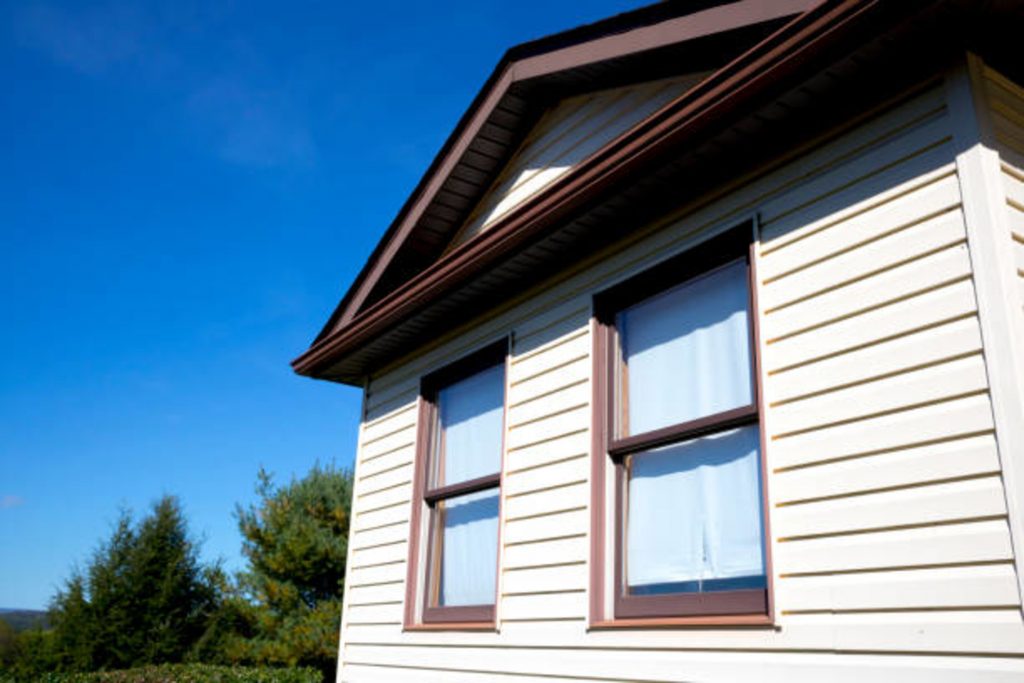
Top Questions About Vinyl Siding
Vinyl siding has been around since the 1950s. It’s a cost-effective way to protect your house from damaging elements. On top of that, it dramatically enhances the overall appearance of your property. Homeowners like to use vinyl siding for its durability, with some brands lasting 50 years or more. You might find it hard to believe that there are any disadvantages to this exterior option. But is it really worth it? Will it satisfy your expectations? Do its pros outweigh the cons?
Don’t worry. Everything will be clearer by the end of this article. That said, here are the most frequently answered questions about vinyl siding.
What is Vinyl Siding?
Vinyl siding is a type of home exterior known for its durability, aesthetics, and inexpensiveness. It is primarily engineered from polyvinyl chloride (PVC), a form of plastic. Over decades, the material has gradually dominated the market, thanks to its versatility. Today, most vinyl sidings consist mainly of two layers – a UV-resistant top and a solid substrate layer made from limestone.
How Durable is Vinyl Siding?
On a scale of 1 – 10, vinyl siding would be an 8 based on current durability standards. Compared to aluminum and metal, it does not rust or dent over time (unless you slam it with a sledgehammer). In addition to that, it exhibits outstanding weatherproofing capabilities. It doesn’t chip under the sun or rot when exposed to rain. Alternating climates have little effect on vinyl siding as it is flexible enough to withstand contractions. Some brands can even resist winds of up to 201 kph.
However, vinyl siding isn’t perfect. Moisture is its kryptonite. Although rain has no effect on it, water vapor can still seep through cracks in the wall, rotting the wooden beams of your home that it’s supposed to protect. Don’t worry, though. This can easily be avoided with proper installation and maintenance.
Are There Any Other Benefits to Vinyl Siding?
There are many! First of all, vinyl siding is popular for being low-maintenance. You can have it installed then not worry about it for decades. However, it won’t hurt to wash your siding occasionally to maintain its curb appeal. Another benefit to vinyl siding is its aesthetics. Next is aesthetics. Designed to replicate the appearance of traditional wood, you’ll find it hard to tell a vinyl siding apart unless you take a closer look. Lastly, there’s no need to repaint vinyl siding. That’s because its color is already baked-in, meaning it can’t be stripped or faded off by mechanical means. Additionally, it also comes in various shades to suit any home theme.

There are many benefits to vinyl siding!
How Much Does It Cost?
Depending on the brand and quality of material, installing vinyl siding can cost you anywhere from $1 – $8 per square foot. Accordingly, the average cost for a 1500 sq. ft. home would be $6000. If you go for something expensive, such as stucco siding, expect to pay around $9000.
To compare even further, wood siding costs around $7 – $14 per square foot, while natural stone ranges from $28 – $50 per square foot. Fiber cement is the only siding type that beats vinyl in cost, going for $0.70 – $5.25 per square foot uninstalled.
What Are The Disadvantages of Vinyl Siding?
If you’re looking for reasons not to install vinyl siding, you won’t find many. But if you want authenticity, this isn’t the exterior for you. Better use wood or natural stone. Another disadvantage is that to install it properly, you’ll need to hire an expert or contractor. That’s an added cost.
On top of that, vinyl siding also decreases your home’s value since it’s an imitation. You may want to avoid using it on a property with historical significance.
Lastly, this material isn’t eco-friendly. Although installing vinyl siding earns you LEED points for energy conservation, the US Green Building Council doesn’t provide credits specific to vinyl use. That’s because PVC releases greenhouse gases when burned and harmful toxins to the environment when disposed of irresponsibly.
What is Insulated Vinyl Siding?
Insulated vinyl siding is an upgrade to your everyday vinyl siding. Simply put, it’s a standard vinyl siding backed by solid rigid foam. This helps strengthen the material by insulating the empty cavities not occupied by the siding. Not to mention that it helps improve the overall R-value or insulating quality of your home. Is it worth the cost? – depends if it’s within your budget. However, know that a standard vinyl siding can still last as long as an insulated one with proper installation and maintenance.
Leave a Reply